
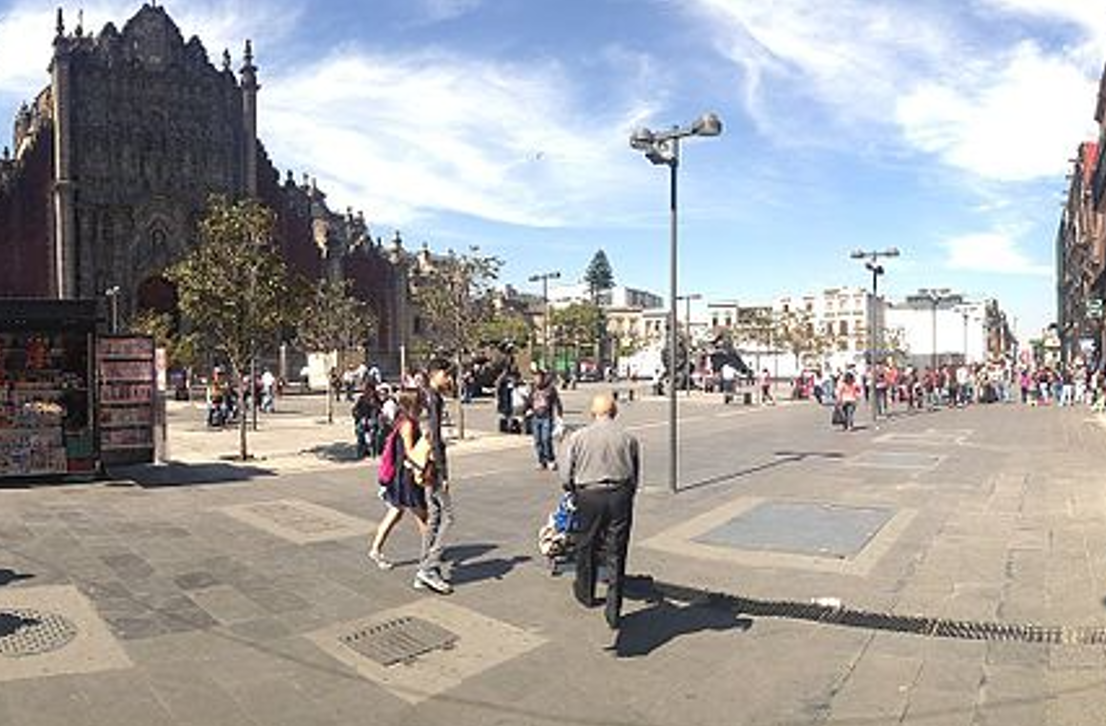
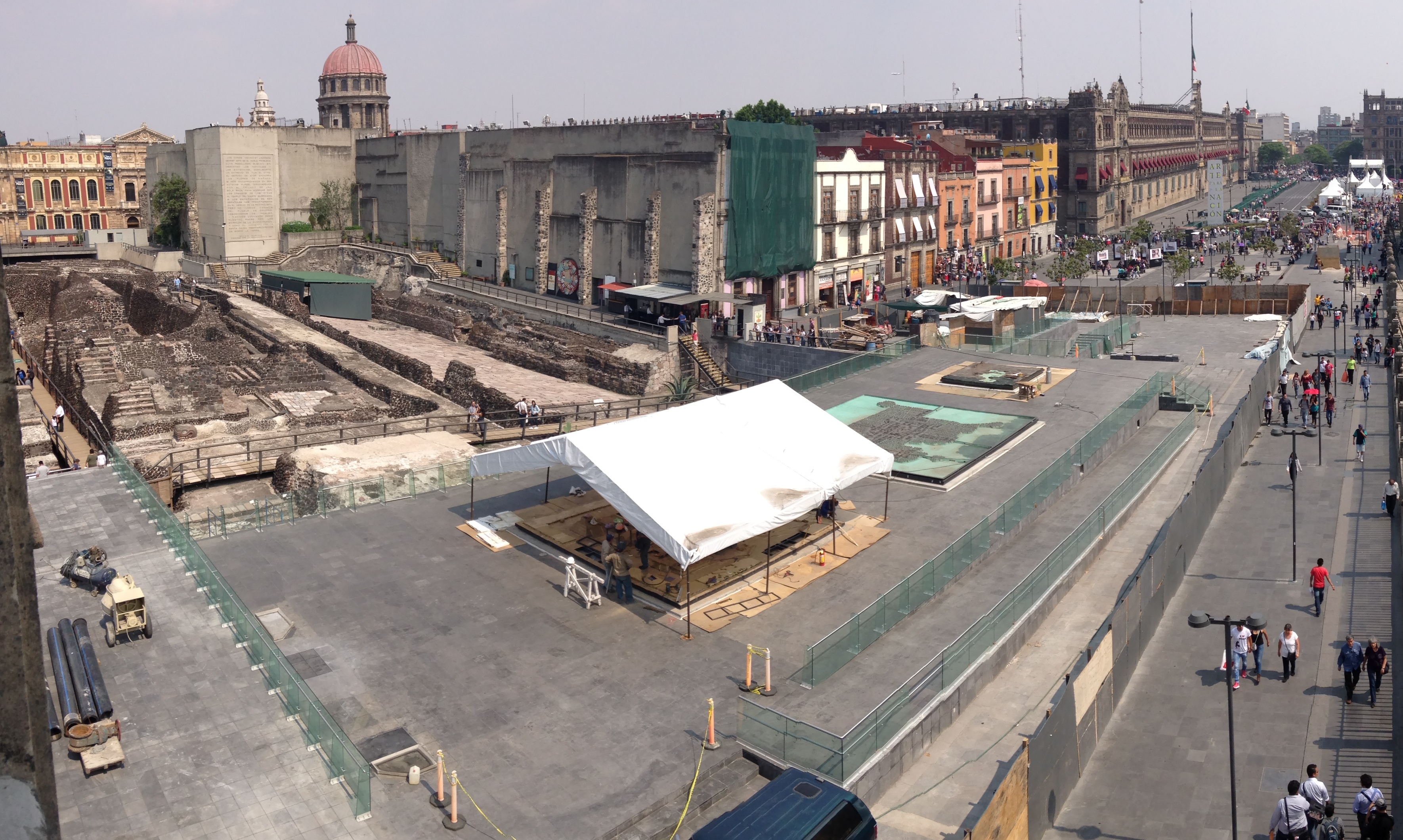
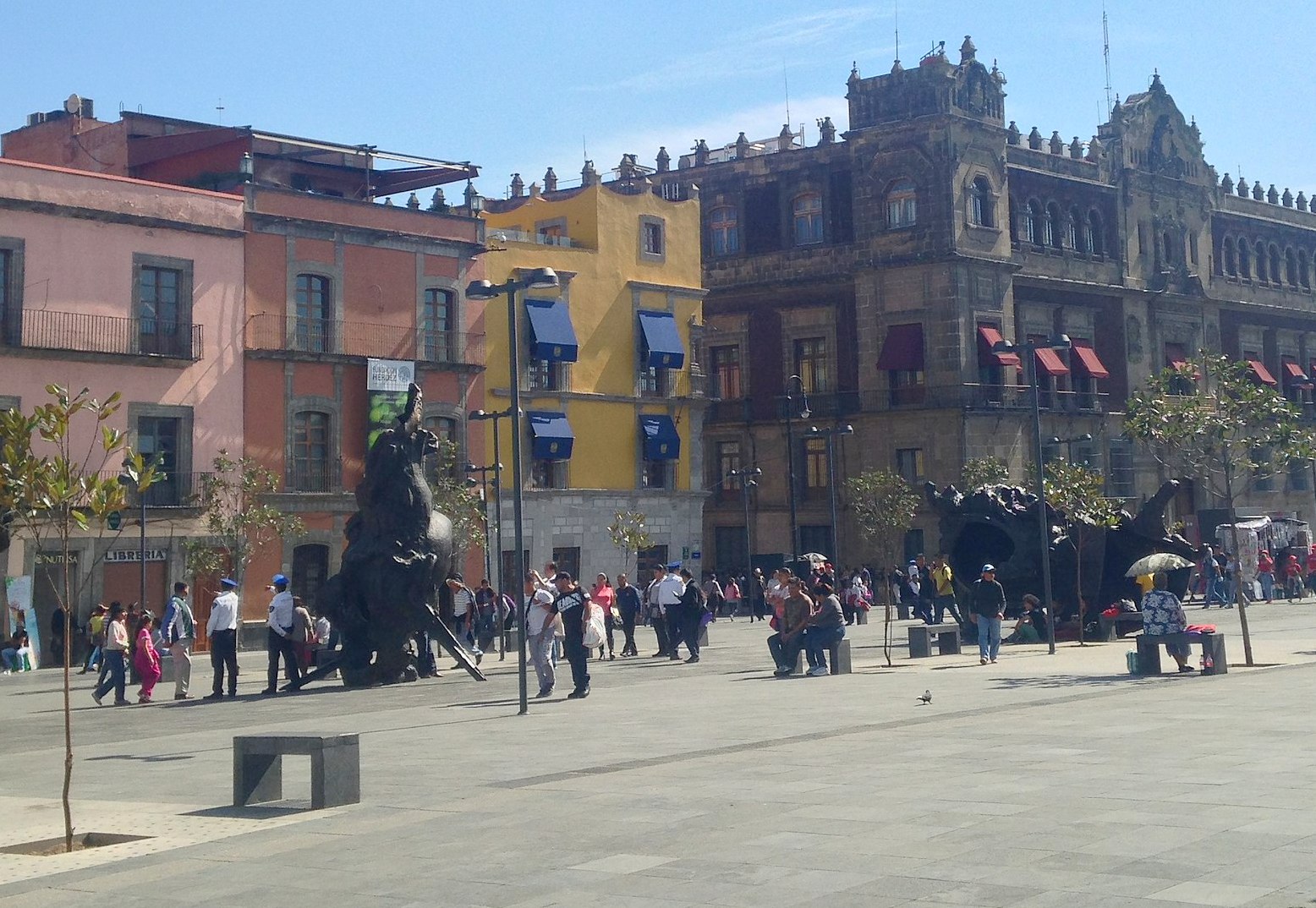
Central Tenochtitlan was inhabited by priests and the ruling classes. The temple dedicated to Tezcatlipoca was adjoined by buildings used by the priests dedicated to sect. With the fall of Tenochtitlan, this temple was destroyed, but a living area was reused as a house by the Spanish soldier, Pedro González Trujillo. Later, several structures were built on the same site. In 2013, the vestiges of the living quarters were recovered. The Royal and Pontifical University of Mexico occupied much of the same site, and later, a cantina "El Nivel" operated here under license number 1.
Heart of Mexico Walking Route: Ancient Route
< < Metropolitan Cathedral | Templo Mayor > >
Proyecto “Corredor de Cultura Digital”.
Nombre de la investigación: Investigación Centro Histórico, Monumentos, Edificios y Puntos de Interés (2023)
Dirección de investigación y diseño de Rutas: Acércate al Centro A.C. Guadalupe Gómez Collada
Coordinación e investigación histórica: Fideicomiso del Centro histórico Dir. Maestra Loredana Montes
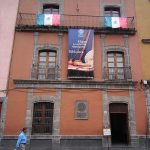
相近 0.03 kms.

相近 0.07 kms.
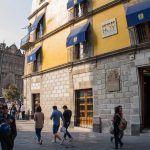
相近 0.08 kms.
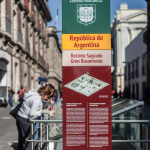
Two windows along Argentina Street offer glimpses into the City's ancient past . . .
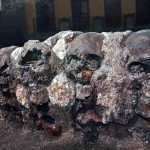
One of the Templo Mayor complex's most compelling secrets is slowly revealed . . .

One of the most important sites in the city, even today, don't miss the chance to visit the Templo Mayor.

The first Cathedral to have been built in the Americas.
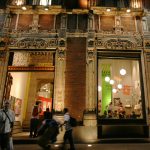
One of Mexico City's leading cultural and artistic institutions just keeps growing more fascinating.